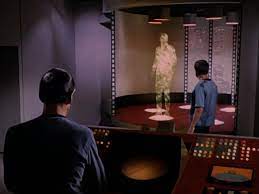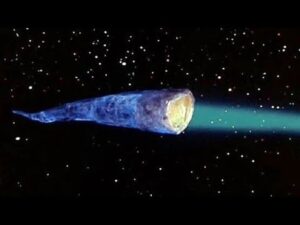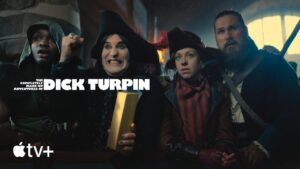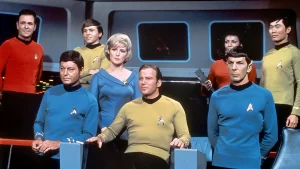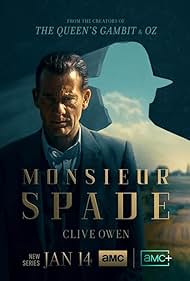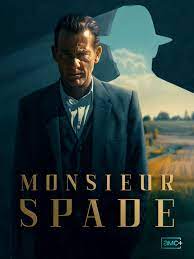.
Later this month Apple TV+ will begin streaming the television series Time Bandits from series creators Taika Waititi and Jemaine Clement. The series is a reimagining of the 1981 fantasy film by Terry Gilliam and against centers on a young boy’s adventures through time with a rag tag collection of misfits that have stolen a map indicating fractures in history/
There are voices raised in alarm and protest over the remake of what some hold as a dearly beloved classic. I watched the original film during its theatrical run and to this day quotes from the script still spring from these lips. (Most often, “Stay, Guard the Map,” whenever I leave anything on a table or such.)
That said I am no distraught over a remake. While it is often a cheap ploy to grab an already existing audience for more cash remakes are not always an evil thing. The admired classic film The Maltese Falcon which propelled Humphrey Bogart to stardom is not only a remake but the secondremake of that story. The earlier two adaptations failed to catch fire with audiences.
But remakes can also be horrid affairs that fail to understand the source material of the original. In 1965’s Flight of the Phoenix when the pilot is pointing out flaws in the plan to make a new airplane from the remains of the crashed one with the survivors strapped to the wings, he insists that the injured man cannot be expected to do that. The aircraft designer says that the man will die before the work is completed and therefore is not a factor. He is cold, it is calculating but he is not cruel or evil but simply dictated by reality. In the 2004 remake he shoots and kills the man, a dramatic and terrible interpretation of the text.
King Kong 1933 is an impressive achievement of technical filmmaking and transcends the simple adventure story envisioned by its creators. The 1976 film has none of the charm or heart of the original and the 2005 version while indulgent clearly has heart and a deep adoration for the source material.
Remakes like any artistic attempt are inherently neither good nor bad and only time will answer of the Time Bandits series meets expectations.

